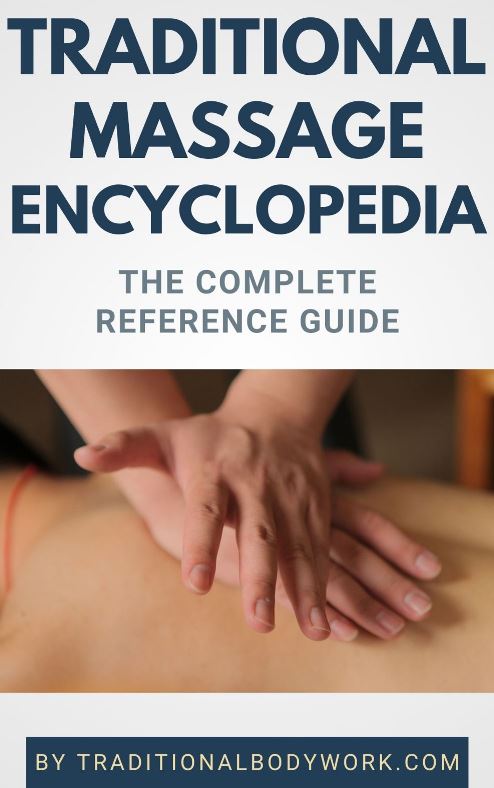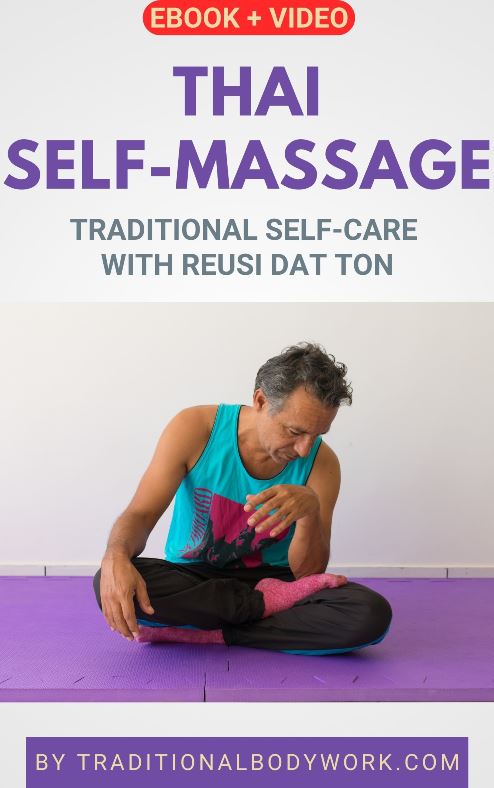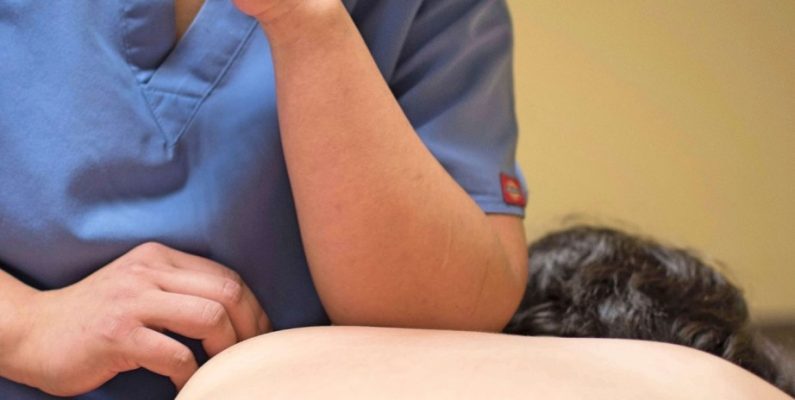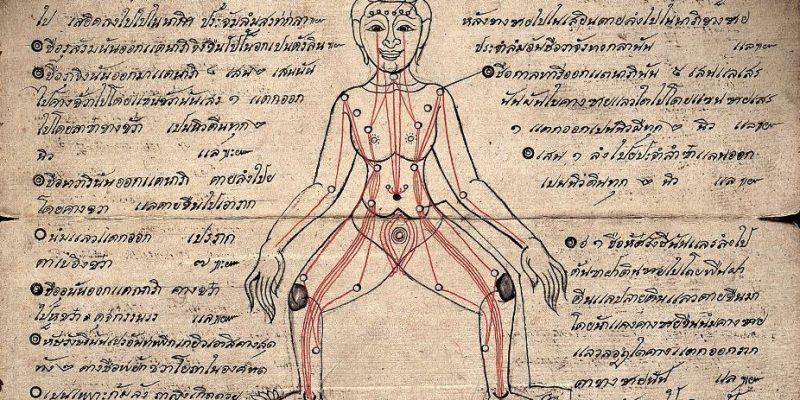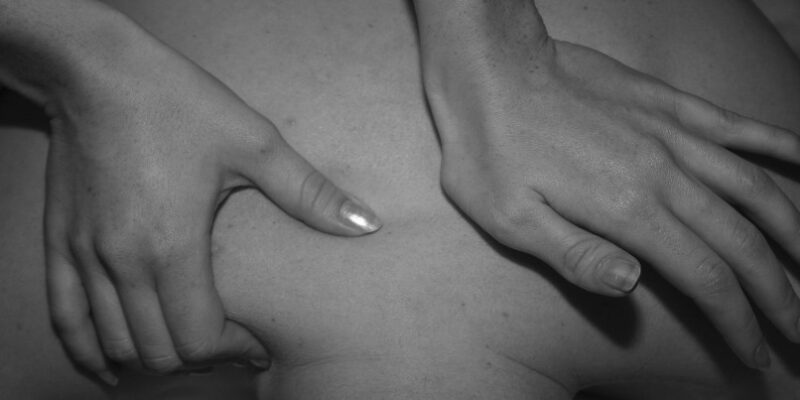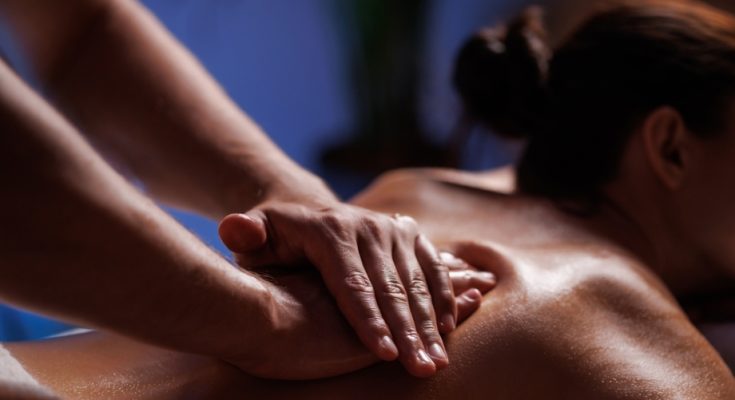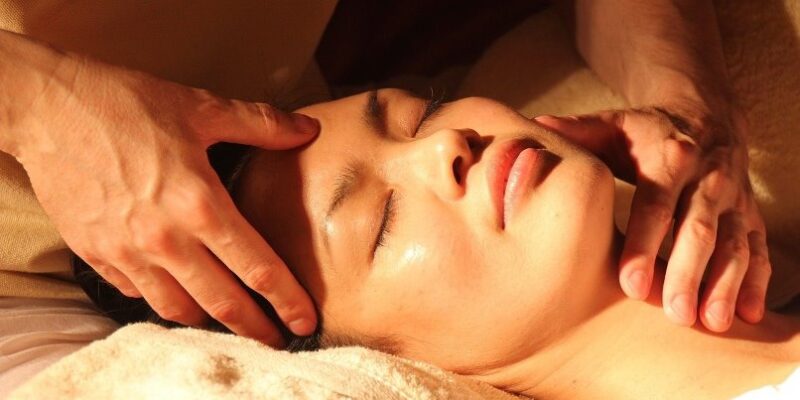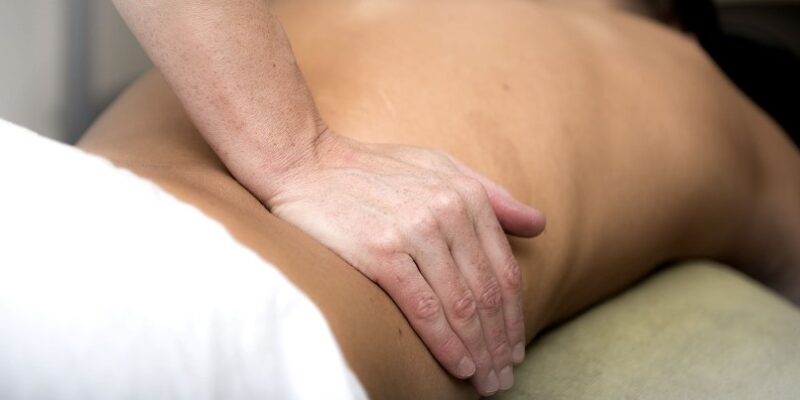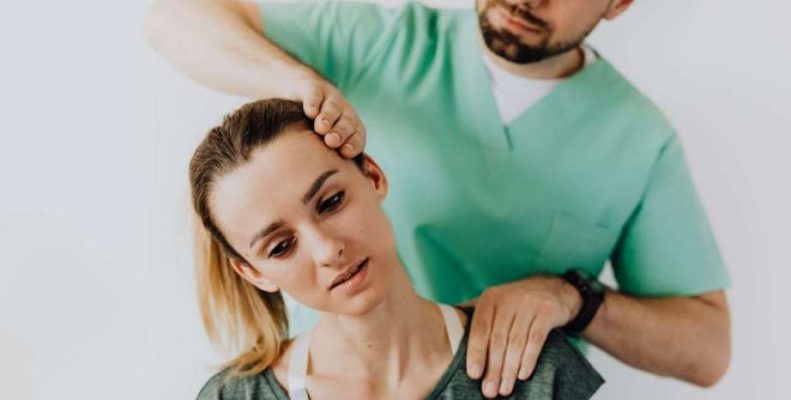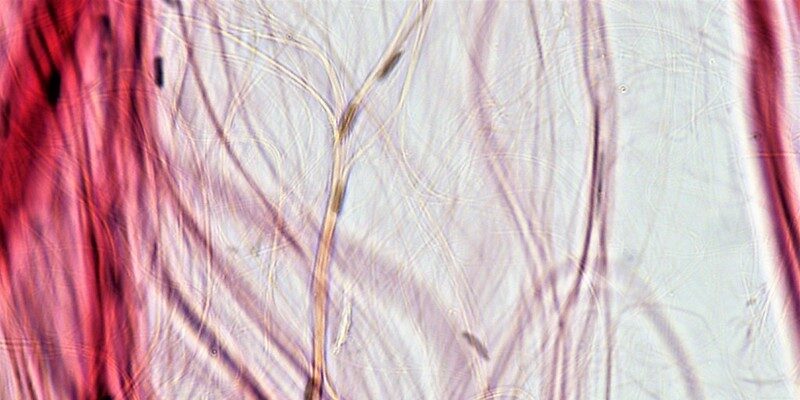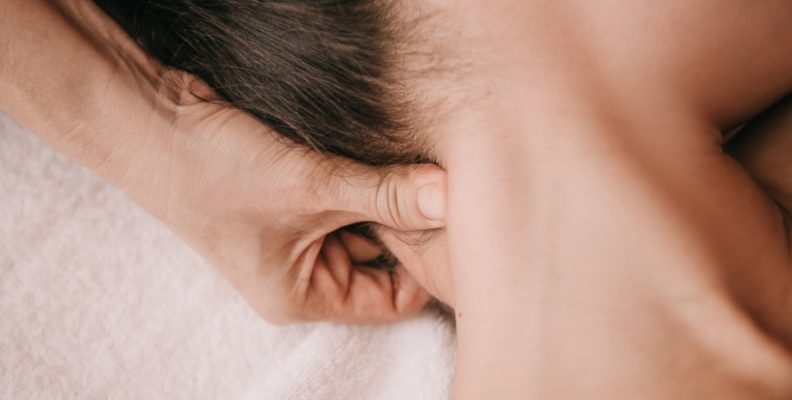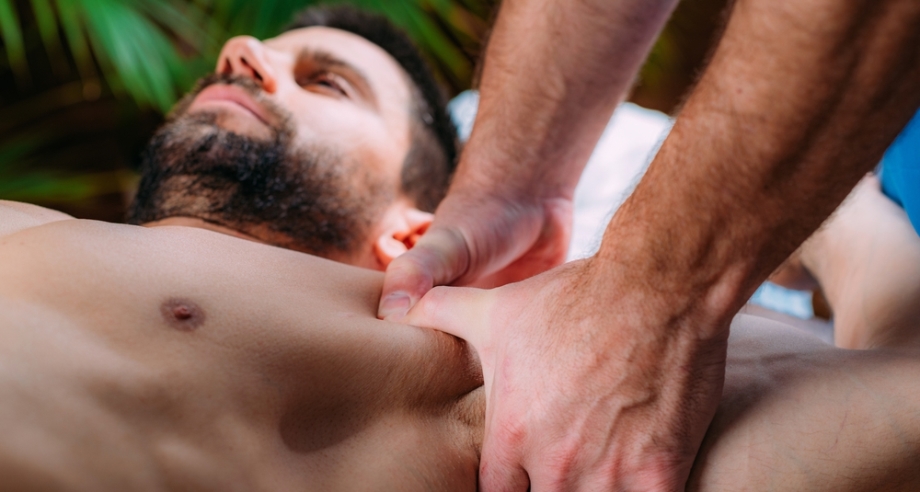
The official definition of compression is “the action or state of being squeezed down or made smaller or more pressed together.” Compression in massage therapy is done by giving pressure, but pressure is not necessarily “making smaller” or “pressing together,” that is, giving pressure often doesn’t result in compression or even aims at compression.
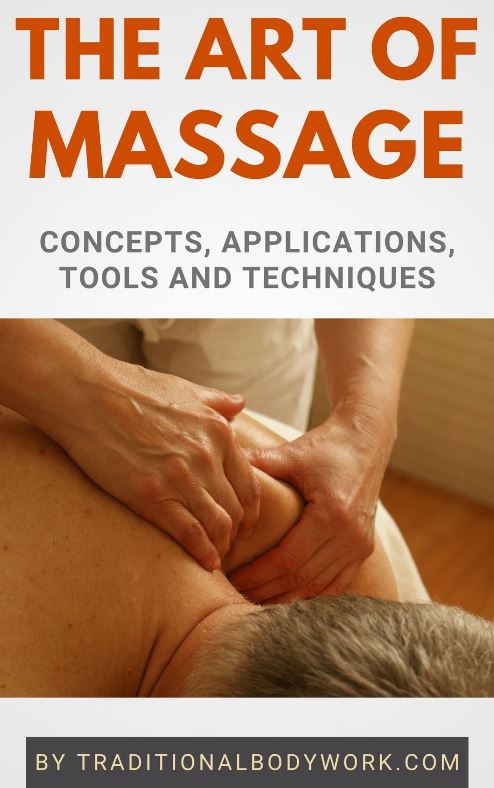
Giving pressure on soft tissues in massage therapy is mostly used to make bodily cells move away from each other, that is, it’s done to stretch tissues and give space. But, for instance, we can also give pressure on the muscles along the spinal region to realign the vertebrae, but this is rather with an aim of pushing the vertebrae back into their natural place.
Yet, if we give direct pressure on arteries, the so-called arterial compression techniques or blood-stop technique as it’s called in Thai Massage, we indeed “squeeze down and make smaller,” with the result that we inhibit or slow down the flow of blood through the artery we press on.
Nonetheless, although technically not exactly the same, the terms compression and pressure are generally used interchangeably in massage therapy vocabulary.
Compression is typically used on larger areas of muscle, applying sustained, often deep pressure onto muscles (pushing them down) which is held for a certain period and then released. Usually the palms of the hands are used, but fists, fingers, elbows, forearms, feet and knees may also be used. The intensity of pressure can range from light to rather deep.
Of course, there’s also the well-known term acu-pressure, which in itself is a form of “mini-compression” or “mini-pressure,” but the primary concept behind using acupressure is to unblock, stimulate, or open-up Life Force Channels (for instance, TCM Meridians, Indian Nadis or Thai Sib Sen Lines) to promote the free flow of Life Energy for health purposes.
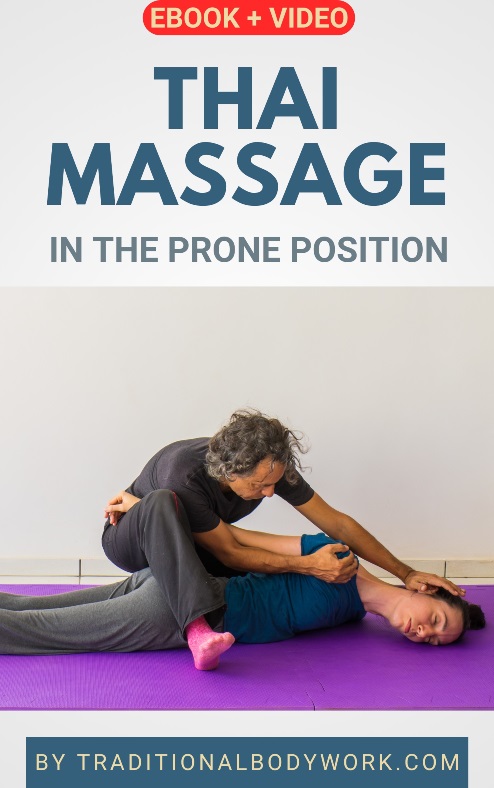
In any case, common goals of using compression and pressure in massage therapy are to promote relaxation (physically and mentally), loosen up tight muscles, eliminating trigger points and tissue knots or adhesions, flush out excess fluids, and alleviate acute pain, to name some important aims. Pressure on soft tissues increases temperature and (blood and lymph) circulation, which allows the muscles to soften and lengthen while aiding in improved nutrition, an improved immune-response, more range of movement, and pain-free movement.
Compression also stimulates the parasympathetic nervous system to aid in relaxation. When the parasympathetic nervous system is stimulated, several hormones are released, such as endorphins, serotonin and dopamine, which produce feelings of calmness, contentment and happiness.
The typical body parts treated by muscle or fascia compression techniques are the back, neck, chest, shoulders, buttocks, abdominal area, arms, thighs, and calves.

